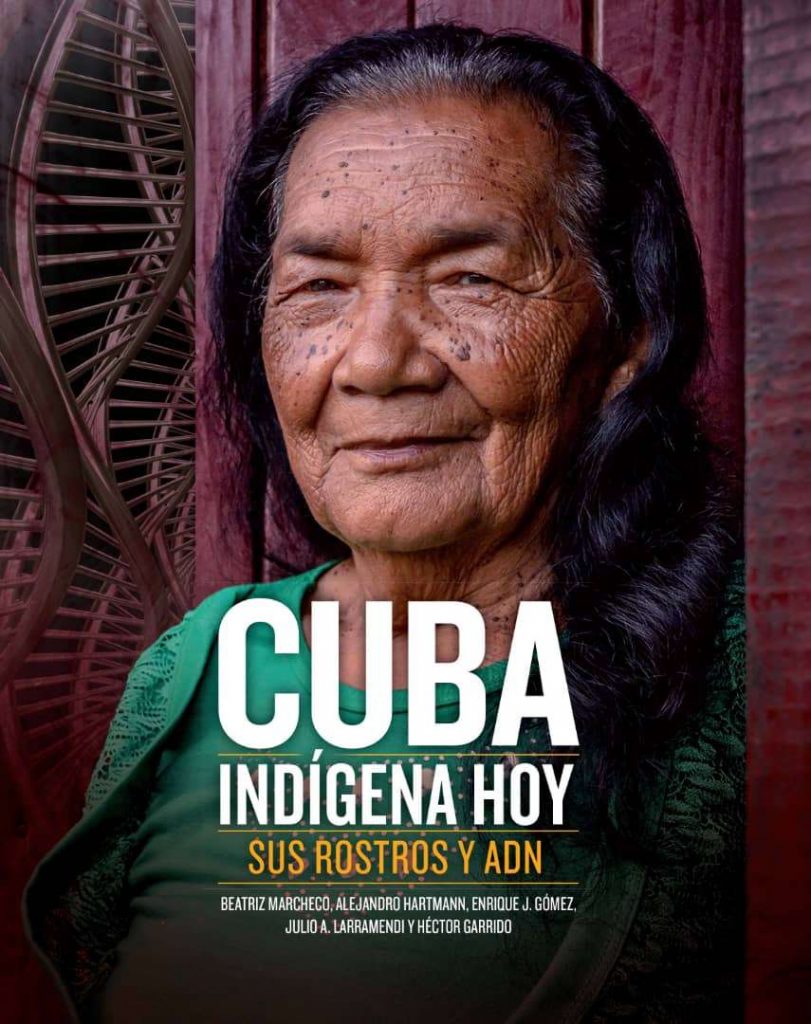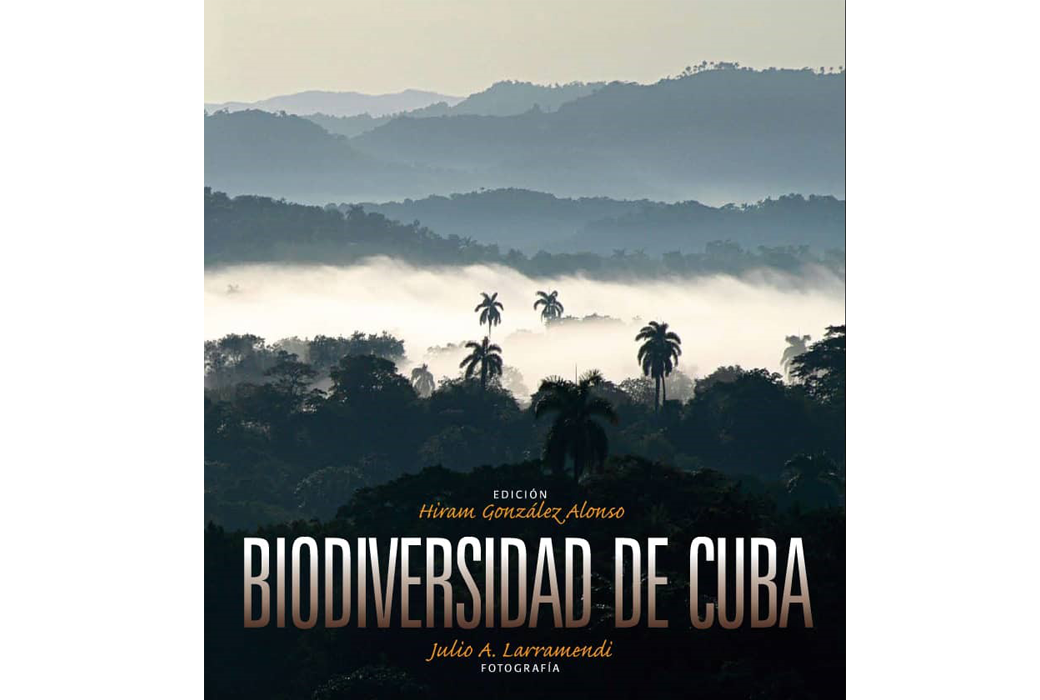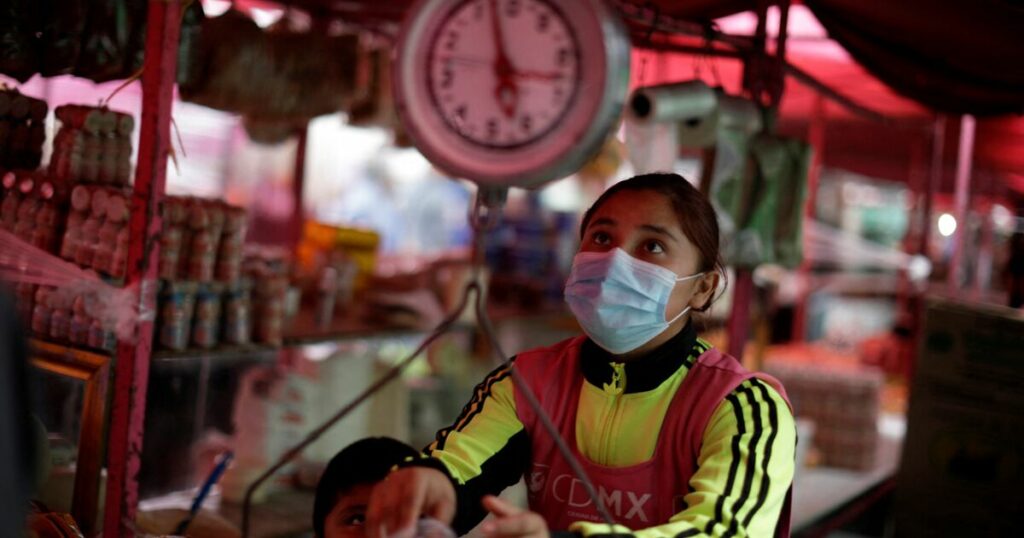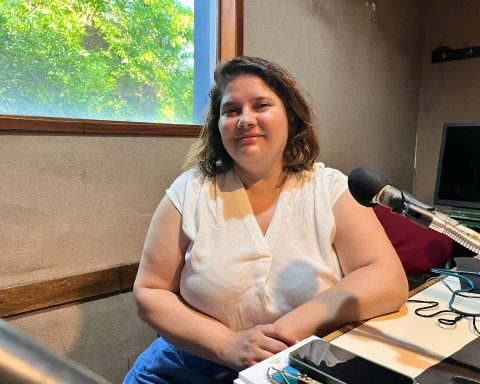There are many ways to love books. The most recurring and established throughout history is to carefully read and preserve them, but the publisher who produces them also exhibits a relationship no less important than that of the author with his title. In this noble effort to make a project or the idea of a book a reality, Julio Larramendi Joa stands out, creator for fifteen years of the Editorial Polymita, a label that accumulates 37 volumes, all of impeccable workmanship.
It is a catalog that impresses at first sight; a saga of rigorous, necessary books, written by recognized authors, full of beautiful illustrations (most of the time they are photographs by Larramendi himself, one of the most important lens artists in the country) and whose packaging is at the level of anyone of the best international publishers. Among this long list I will refer to some of them, as is the case of Cuban Biodiversity (2007), edition by Hirán González Alonso, with photographs by Julio Larramendi and texts by a group of recognized specialists, who carry out a conscientious examination of the nature of Cuba. In its pages there is a vast scientific information that explores the insular biodiversity, the biogeography and evolution of the Cuban biota, the marine biota, the flora and fauna, the underground world and the freshwater fauna. It is a reference book such as has never been published before on the subject.
Seven years later, Polymita published The Virgin of Caridad del Cobre in the soul of the Cuban people (2014), by Emilio Cueto, a Cuban-American lawyer residing in Washington, renowned researcher and collector. This is a volume that resists any definition, since it is something more than a repertoire of images and data or an inventory of the iconography of the Virgin or the classic reference book. Remarkably rare and valuable, in the book appear, in orderly display, prayers that our great-grandparents prayed to the Virgin, popular prints, caricatures, photographs, engravings, paintings, sculptures, conceptual works of contemporary and postmodern art, medals of various metals ( from brass to gold), ex-votos, songs, stained glass windows, poetry and fragments of novels and plays where the Virgin is mentioned, school graduation pages (of course, before 1959), dedications, book and magazine covers , signs, postersepitaphs, handicrafts, almanacs, cigar rings, cameos, key chains, watches, fans, decals, in short, as much support as you can imagine, where Cubans from here and there have expressed their devotion to La Cachita, not forgetting of course tattoos on the skin, one of the most popular supports, because they are on the devotee’s own body.
Also by Emilio Cueto, the text Cuba in USA (2018) is revealed as a fascinating testimony of how the imaginary of one country, Cuba, has irrigated the imagination of another, the United States, from visuality, objectuality and spirituality. It is the story, based on images and culture, of the sustained dialogue between two peoples over time. Without being an academic book, it is essential to study the bilateral relations between Cuba and the United States from angles that transcend politics. As in the previous case, it legitimizes the extraordinary collection of objects and documents related to Cuba, treasured by Emilio Cueto.
Throughout these three decades, Polymita has also produced very specific volumes on Cuban cities. Santiago de Cuba, Matanzas, Cienfuegos, Trinidad and Baracoa have monographs about their histories and cultures. Another of the copies of this publishing stamp, The polymites (2013), in co-edition with Ediciones Boloña, registers for their conservation, at least in images, these endemic conch molluscs of incomparable beauty, and that have resisted the devastating action of man. In some way it was a fair tribute to the animal species that lent the name to the publisher.
Havana. Image of a colonial city (2013), research by the renowned intellectual Zoila Lapique Becali, National Prize for Social Sciences; The Spanish models of La Casa Cubana (volume 1), this year, with research by Dr. Alicia García Santana, Full Member of the Academy of Cuban History; Remedy’s parrandas. 200 years of history and tradition, of a collective of authors; They were also born thanks to the management of this publishing house that prides itself on having among its authors the best specialists in the country, many of them deserving of National Awards for Social Sciences and Publishing, Number Members of the Academy of Cuban History. and other equally recognized intellectuals, in charge of providing the background texts for each book.
The simple review of these and other titles shows extreme care in their editing and printing. They are luxurious books with graphics that correspond to the academic quality of their contents, especially from photography (in which Larramendi’s hand is decisive and notable). The use of the Valencian printer Selvi Artes Gráficas imposes its mark of high quality in the gestation of most of the volumes. At the national level, it is a series of books that is completely distinguished from the rest; as well as his presentations in the Cuban social and cultural sphere, always with large audiences.
When writing about the art of the book in Cuba, this catalog will be central to that story. Polymita is completely Cuban, except for her notarial registration, carried out in Guatemala due to the inexplicable prohibitions to register in the country. I believe that this publisher deserves more attention from the book system in Cuba. To date, it is an undertaking that had its only official reception for the unfortunately deceased Dr. Eusebio Lealwho always distinguished the work of Larramendi and his team, prolonging several of the titles and facilitating the spaces and institutions of the Office of the City Historian for their presentations.
Julio Larramendi’s work as an editor dates back long before 2007, since he previously founded Greta Editores (short-lived) and worked with Ediciones Boloña and the Cuban Book Institute on numerous titles. A comprehensive look at such a unique bibliographical and editorial work of Polymita shows a serious and sustained work, which has given birth to substantial books on essential topics of Cuban culture: art, popular cultures, local histories, nature, architecture, the body, the religiosity and spirituality and ethnology, among others.
The fifteen years of Polymita will be self-celebrated with the intention of publishing six new titles, of which two are already ready for presentation. One of them, Indigenous Cuba today. Their faces and DNAby a group of specialists, with photographs by Héctor Garrido and Julio Larramendi, requires a new review that will focus its reflections on the importance of this text in the insular academic field.

To promote the latest published books, Larramendi will be traveling through several Spanish cities, while celebrating the anniversary of the publisher.

















